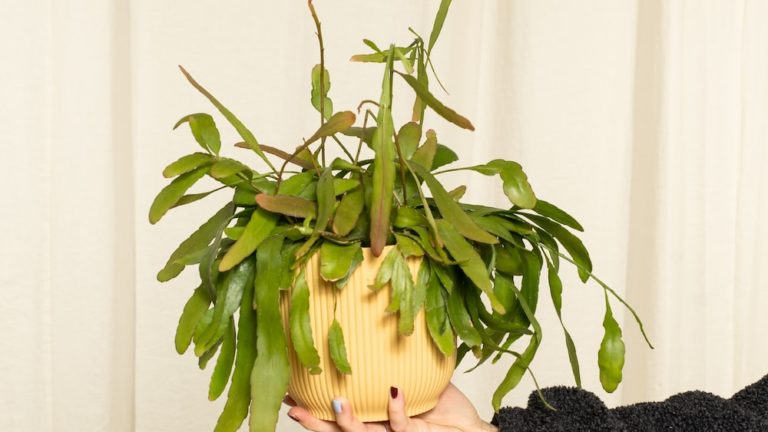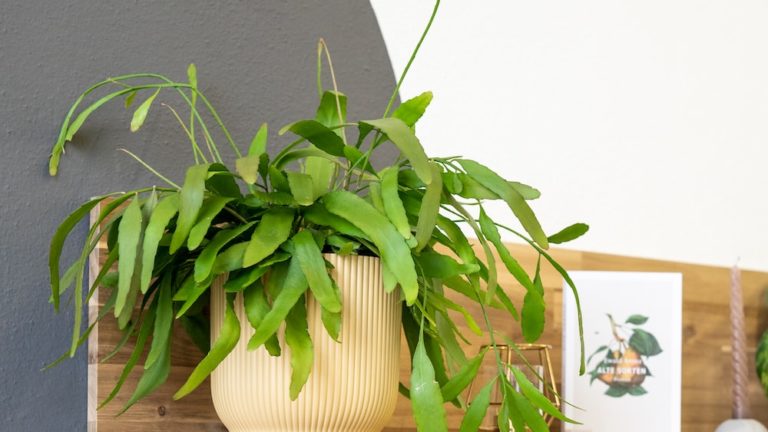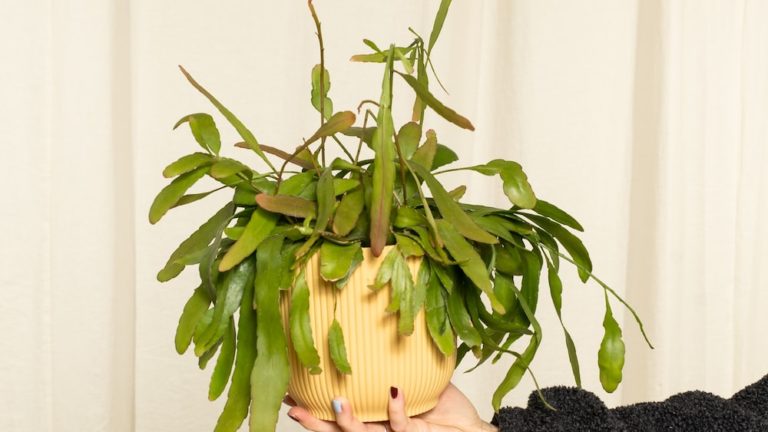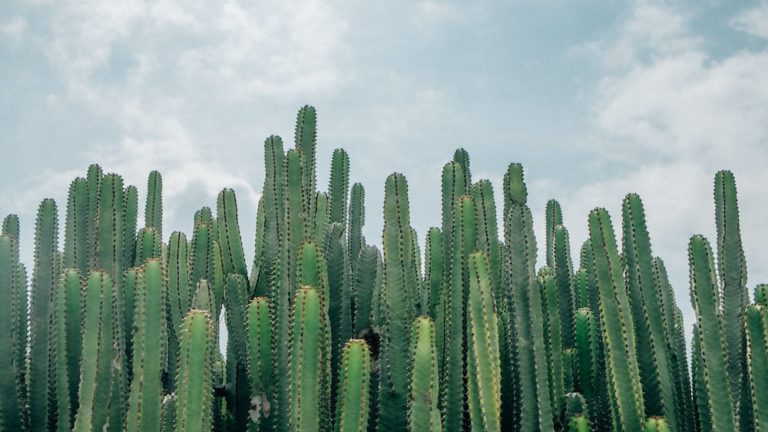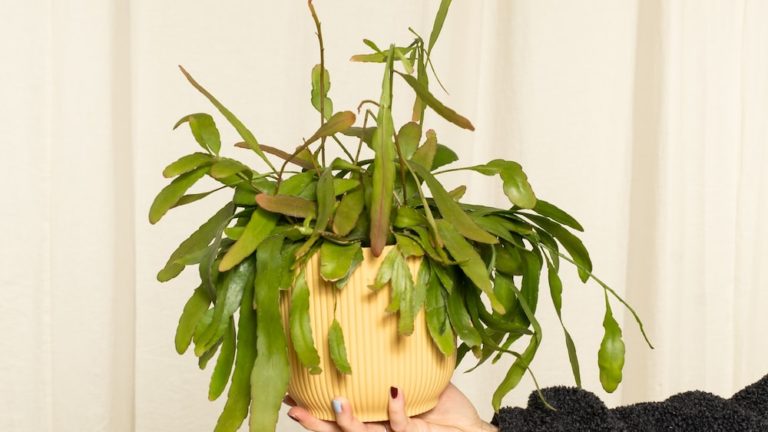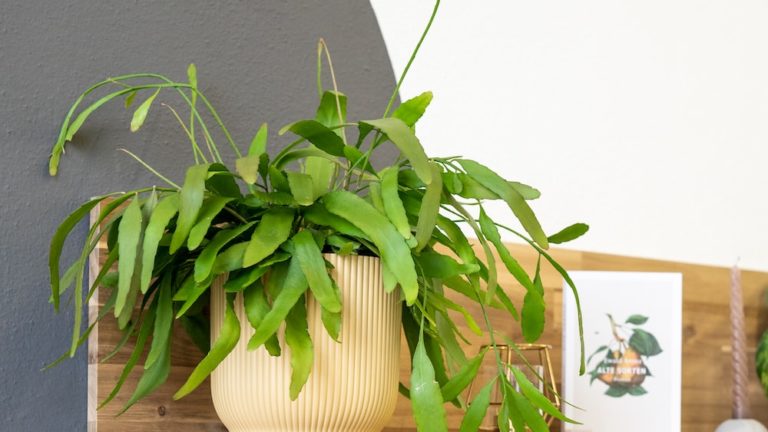Rhipsalis Puniceodiscus – The Ultimate Jungle Succulent
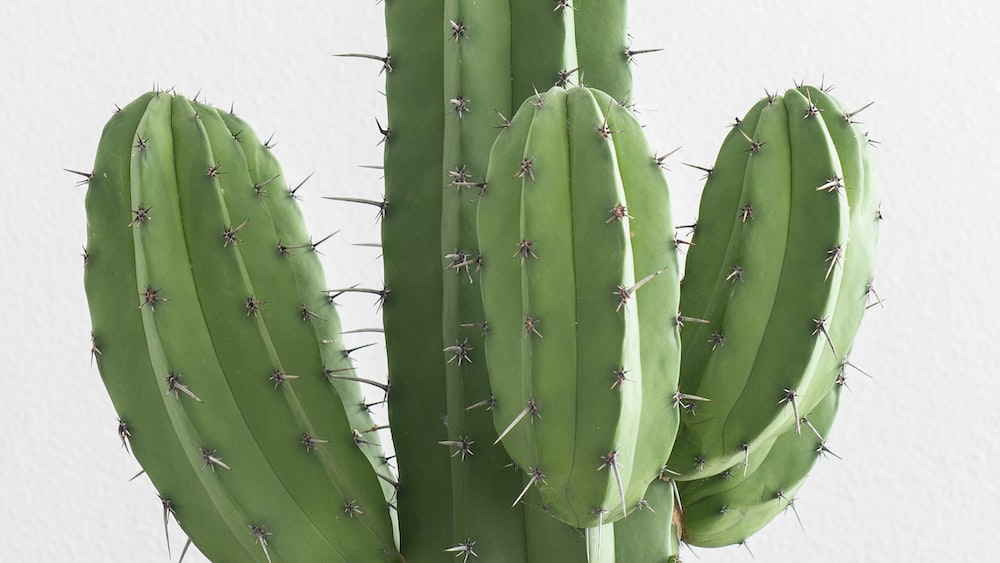
Rhipsalis Puniceodiscus – The Ultimate Jungle Succulent
Imagine, for a moment, a jungle oasis within the confines of your home – a place where the lush foliage of exotic plants transports you to a world apart. In the heart of this verdant paradise, there stands a species that captures the imagination with its sheer beauty and resilience: the Rhipsalis puniceodiscus. Known to many as the ultimate jungle succulent, this botanical gem weaves a tale of intrigue and splendor.
As you and I embark on this journey to uncover the secrets of Rhipsalis puniceodiscus, we are not just exploring a plant; rather, we are delving into a living sculpture, a testament to nature’s artistry. Whether you are a seasoned botanist or a curious onlooker, the Rhipsalis commands attention. Its whip-like stems and vibrant flowers are whispers of its wild origins, beckoning us closer with a silent allure.
Let us walk through the steps of familiarization, care, and styling of this remarkable plant, my fellow enthusiasts. I promise you, the journey will be as rewarding as the destination, with each paragraph like a stepping stone into the world of Rhipsalis puniceodiscus. Prepare to be mesmerized not just by its aesthetic appeal but by the life lessons it imparts on patience, care, and the delight of slow, yet stunning growth.
Unveiling the Rhipsalis Puniceodiscus
To truly appreciate the Rhipsalis puniceodiscus, we must first pull back the curtain on this enigmatic plant. Often overshadowed by its more common cactus cousins, Rhipsalis puniceodiscus is a testament to the breadth of diversity found within the succulent family. It offers a compelling alternative to the typical cacti one might expect to find, showcasing the unexpected beauty that arises from the rainforest’s heart.
Origins and Natural Habitat
Dwelling in the dappled shadows of the South American rainforests, the Rhipsalis puniceodiscus finds its home amidst the hum of biodiversity that characterizes this region. From Brazil’s vibrant canopy to the mysterious depths of Argentina’s undergrowth, Rhipsalis puniceodiscus thrives in an environment where filtered light and high humidity set the rhythm of life. It clings to trees and climbs over rocks, an arboreal voyager in a sea of green.
The natural habitat of Rhipsalis puniceodiscus is a world away from the arid landscapes usually associated with cacti. Research has revealed that its existence in these moist surroundings breaks the stereotype of cacti’s dry preferences, painting a picture of adaptability and evolutionary wonder. This cousin among cacti challenges the norms, surviving where others might not dare to sprout.
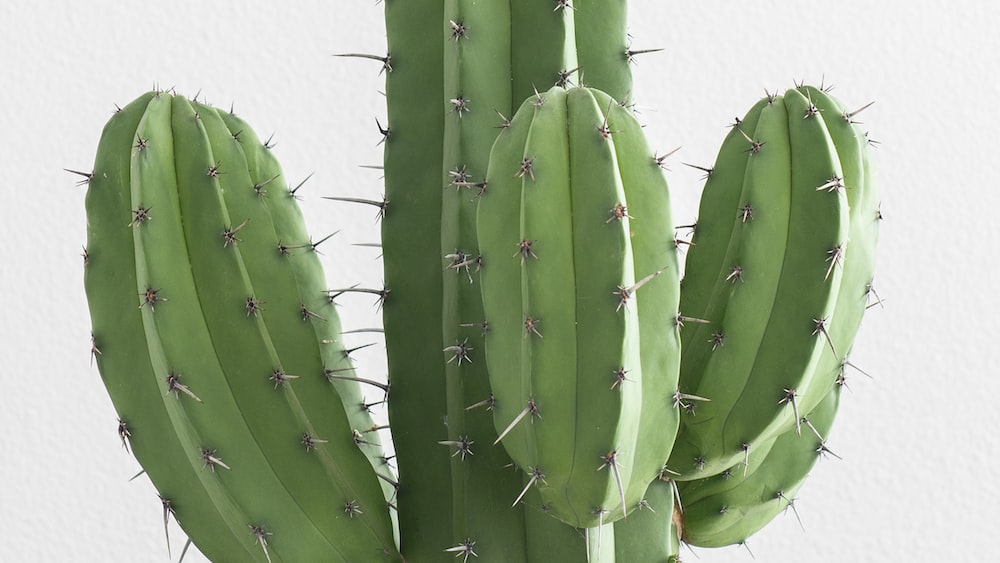
Just like the Rhipsalis puniceodiscus challenges the norms and thrives in unexpected environments, you too can break stereotypes and adapt to new situations with evolutionary wonder.
Distinctive Characteristics of the Jungle Succulent
At first glance, one might not immediately recognize Rhipsalis puniceodiscus as a member of the cactus family. Its distinctive characteristics set it apart, starting with the lush, trailing stems that cascade like rivers of green. These pendulous appendages are adorned with small, scale-like leaves, harboring the spirit of the jungle within their sinewy contours.
But the Rhipsalis puniceodiscus reveals its true glory when it blooms. The radiant flowers take center stage, their ruby-hued discs punctuating the greenery like jewels of the forest. By day, they are a visual feast; by night, a fragrant allure to the unseen pollinators that dance among them. Together, these traits form a tapestry that is as alluring as it is rare – a tapestry woven from the very essence of the jungle it calls home.
Nurturing Your Rhipsalis Puniceodiscus
In bringing a piece of the jungle into our homes, we also take on the gentle responsibility of nurturing the unique needs of Rhipsalis puniceodiscus. To see it flourish is to witness nature’s masterpiece in miniature, a living testament to the resilience of life. Here we will explore just how to create that perfect microcosm for our verdant friend, allowing it to not merely survive but thrive under our care.
Ideal Growing Conditions
To mirror the optimal conditions of Rhipsalis puniceodiscus’ natural habitat, one must master the balance of light and moisture. A medium that provides ample drainage while holding the right amount of moisture is paramount. Think of a loose, orchid-like substrate, a mix that whispers of the rainforest floor. Equal parts sand, peat, and bark often do the trick quite nicely.
As for light, imagine the broken sunlight filtering through a canopy of tall trees. Rhipsalis puniceodiscus prefers indirect, but bright light. So, near a window with a sheer curtain or a room with a skylight would be ideal places to perch this delightful succulent. Remember, too much sun can scorch its delicate stems, while too little can lead to etiolation, where it stretches for a light source.
Mastering the balance of light and moisture is crucial for creating optimal conditions for Rhipsalis puniceodiscus’ growth and health.
Watering and Feeding Requirements
The watering ritual for Rhipsalis puniceodiscus is less about strict schedules and more about observing and responding to the plant’s cues. Often, watering when the top inch of soil feels dry to the touch works wonders. Overwatering is the bane of many a cacti enthusiast, leading to root rot; whereas, under-watering can leave your Rhipsalis thirsty, its stems losing their plump vigor.
Feeding your Rhipsalis puniceodiscus can be a simple affair. A half-strength, balanced fertilizer applied every month during the growing season should suffice. However, in the dormant winter months, it is best to let it rest, mirroring the natural lulls of its jungle home. This harmony between feeding and fasting helps simulate the natural ebb and flow that punctuates the life of this jungle succulent.
Common Pests and Diseases
Vigilance and a preventive mindset are key in keeping your Rhipsalis puniceodiscus healthy and free from pests and diseases. Be on the lookout for the tell-tale signs of mealybugs and spider mites, those tiny adversaries that thrive in the arid warmth of indoor environments. A careful inspection of the undersides of leaves and a quick swab with alcohol-dipped cotton can thwart their advances.
Fungal infections present another hurdle, often emerging from overwatering or poor ventilation. Whether it’s sooty mold on the stems or root rot lurking below the surface, proactive measures such as reducing moisture and improving air circulation can nip these issues in the bud. Remember, a healthy plant is less susceptible to disease, so consistent care is your best defense.
Vigilance and a preventive mindset are crucial for keeping your Rhipsalis puniceodiscus healthy and free from pests and diseases, including mealybugs, spider mites, and fungal infections.
The Aesthetic Appeal of Rhipsalis Puniceodiscus
The allure of the Rhipsalis puniceodiscus lies not just in its tenacity or its jungle roots, but in the visual poetry it adds to any space. It’s a conversational piece – a living work of art that invites admiration and contemplation. The aesthetic pleasure derived from its cascading stems and occasional burst of blooms can transform even the most urban of abodes into a slice of paradise.
Display and Styling Tips
Crafting the perfect display for your Rhipsalis puniceodiscus can be a delightful exercise in creativity. Its trailing nature begs for elevation; consider placing it on a high shelf or suspending it in a macramé hanger to mimic its arboreal inclinations. This vantage point not only highlights its form but also allows its stems to flow down in a natural cascade, reminiscent of its rainforest abode.
Pairing your Rhipsalis with complementary plants can enhance its beauty. A collection of other jungle succulents, or even broad-leafed tropical companions, can create a lush, diverse tableau. When it comes to containers, think outside the traditional pot. Colorful ceramics, vintage brass, or even repurposed items can all serve as unique homes for your Rhipsalis, each adding a layer of personal charm to its jungle essence.
Seasonal Changes and Blooming
As summer wanes and autumn whispers into the scenery, Rhipsalis puniceodiscus greets the shift with subtle adjustments. During this period, shorter days and cooler temperatures signal this jungle succulent to prepare for its dormant phase. It’s a serene tableau, one where growth slows and the verdant tendrils conserve their energy.
With winter comes a promise, a secret tucked away within the folds of the Rhipsalis puniceodiscus. As the chill deepens, this resilient species might just reward you with its blooming spectacle. Small flowers, often white or pale pink, can emerge, adding a whisper of color to the monochrome winter palette.
As spring unfurls its green fingers, your Rhipsalis puniceodiscus will awaken, thirsty for the sun’s kiss. It’s in these moments of renewed warmth and lengthening days that you can expect fresh growth. This is your succulent coming full circle, embracing the cycles of rest and rejuvenation that echo the pulsing heart of nature itself.
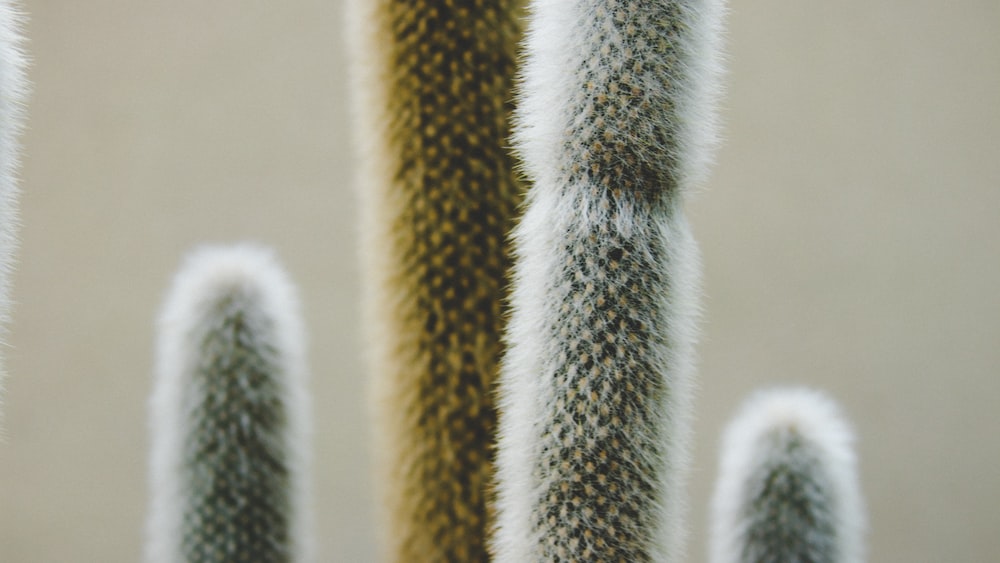
Propagation Techniques
The magic of propagation allows Rhipsalis puniceodiscus not just to live but to proliferate, creating a tapestry of life that spills generously from pots and hanging baskets. Allow me to guide you through this enchanted process that mirrors life’s profound ability to renew and multiply.
Step-by-Step Guide to Propagation
Begin with choosing a healthy rhipsalis puniceodiscus stem. Cut a 4-6 inch segment with sterile scissors or a knife. Next, lay the cutting on a dry surface and permit it to form a callous for a few days; this is a crucial step to prevent rot.
Dip the calloused end in rooting hormone if desired, although Rhipsalis puniceodiscus is often agreeable to rooting without. Now nestle the cutting into a well-draining succulent mix, ensuring a stable and upright position. Moisten the soil slightly, maintaining it just damp enough to quench the cutting’s thirst without drowning it.
Carefully monitor your new plantling, providing it with bright, indirect sunlight. Spritz the soil with water when it’s completely dry, but be diligent to avoid overwatering. With gentle care and patience, roots will unfurl and grip the earth, heralding the beginning of a new garden resident.
Carefully monitor the new plantling, providing it with bright, indirect sunlight, and be diligent to avoid overwatering.
Tips for Ensuring Successful Growth
As your Rhipsalis puniceodiscus begins its new journey, remember that consistency is key. Maintain a stable environment; drastic changes can shock your tender cuttings. A gentle touch goes a long way in ensuring that your beloved succulent doesn’t succumb to damage or disease.
Ensure your young cacti receive enough – but not excessive – light. The balance of light is a dance, where too much sun can scorch, and too little can lead to etiolation. Watch over your plant with the care of a guardian, guiding it towards a thriving existence through nurturing and vigilance.
FAQs
1. How often should I water my Rhipsalis Puniceodiscus?
Watering your Rhipsalis puniceodiscus should not follow a strict schedule but rather respond to the soil’s moisture level. Allow the soil to dry out completely before thoroughly watering again.
2. Can Rhipsalis Puniceodiscus thrive indoors?
Rhipsalis puniceodiscus can thrive indoors as long as it receives ample indirect sunlight and is situated in an environment that mimics its natural habitat in terms of temperature and humidity.
3. What are the signs of overwatering in Rhipsalis Puniceodiscus?
Signs of overwatering in Rhipsalis puniceodiscus include discoloration, such as yellowing leaves, a spongy feel to the stem, and rot at the base or root area.
4. How do I encourage my Rhipsalis Puniceodiscus to bloom?
Encouraging your Rhipsalis puniceodiscus to bloom involves ensuring it experiences the cooler temperatures and shorter daylight hours typical of its winter dormant period, followed by a return to warmer, brighter conditions in spring.
Conclusion
In the arms of a caring enthusiast, Rhipsalis puniceodiscus flourishes, offering not just a glimpse into the natural wonders of the jungle but a companion in your home plants indoor plants setting. As a member of the vast and varied genus Rhipsalisrhipsalis, it stands out for its adaptability and singular beauty.
Reflecting on the journey with Rhipsalis puniceodiscus, we unearth a multitude of lessons – patience, attentiveness to subtle signals, and the joy of growth. These teachings extend far beyond our potted companions, into the essence of life itself. May this intricate dance between gardener and plant continue to inspire and ground us in the fundamental truths of our existence.
As we part ways, dear reader, I hope the tendrils of my words have entwined with your spirit, nurturing a connection between your soul and the delicate splendor of rhipsalis puniceodiscus. Until we meet again, cherish the precious bond with nature, and let it bloom evermore in your heart.
With greenest regards,
Sophia

